We’ve grown a lot as a business in the past few years, and this growth has allowed us the flexibility to not only grow the amount and quality of product we produce, but it’s also allowed us to grow our skill and knowledge of the various different screen printing processes. Below are a few of the more interesting things we’ve picked up along the way.
We can print lots of different colors
Most custom screen print jobs have art that only requires 2-3 colors to reproduce, and in order to try and satisfy all our clients color needs, we bought presses that can support at most 6 and 8 colors respectively - thats a lot of colors. But even then clients sometimes provide need extremely complex art - like photorealistic designs, and for that there is another option.
We can print using a technique call 4 color process printing, or CMYK. This allows us to print on white shirts much in the same way a color printer prints on paper. Using 4 colors - Cyan, Magenta, Yellow, and Black, and using some very specific printing methods, we can achieve a nearly unlimited number of color combinations!
We can print a ton of shirts
When we started, we had a very simple, manual setup. This meant a couple things. 1. We could only print very simple designs and 2. We couldn’t print them very fast - roughly 60 shirts an hour, or one shirt a minute. Since then, we’ve added two automatic presses and a larger manual press. When we’re running both auto presses at maximum capacity they can each print about 1000 shirts an hour, which means with all three presses running we can output over 2000 shirts an hour, which means we’ve gone from printing 1 shirt a minute to 14 shirts a minute! Thats a lot of shirts in a day!
We can print different kinds of inks
The most common kind of ink screenprinters use is called plastisol. Plastisol is a plastic based resin that when cool is liquid, but when cured at a temp of around 330F solidifies. It’s the most common because of how easy it is to use - it doesn’t go bad, it’s easy to create different colors, and because it sits on top of the fabric of the shirt, and doesn’t dye the fibers, it’s very simple to control how much plastisol you put on a shirt. The down side to plastisol is the way it feels to the touch, or it’s hand. When over applied, plastisol leaves a very thick, rough hand, and can almost feel like you’re wearing a shield. And that’s no good because no one wants to wear an uncomfortable shirt, right?
That’s where discharge inks come in. Discharge inks are pressed onto the shirt, much like plastisol ink is, but instead of simply laying on top of the shirt, discharge inks are pressed deep into the fibers of the shirt. This is because discharge inks are actually made to bleach out the dye in the shirt, returninging it to it’s natural color, while simultaneously dying the fabric the desired color. And since you’re replacing the old dye of the shirt with a new dye, and not really adding anything to the surface of the garment, discharge printing can leave an incredibly soft, smooth hand, which is super comfortable to wear.
We’ve grown, we’ve learned, and we’re excited to learn and grow even more in 2017.
This blog is optimized using Absolute Summit SEO plugin.
